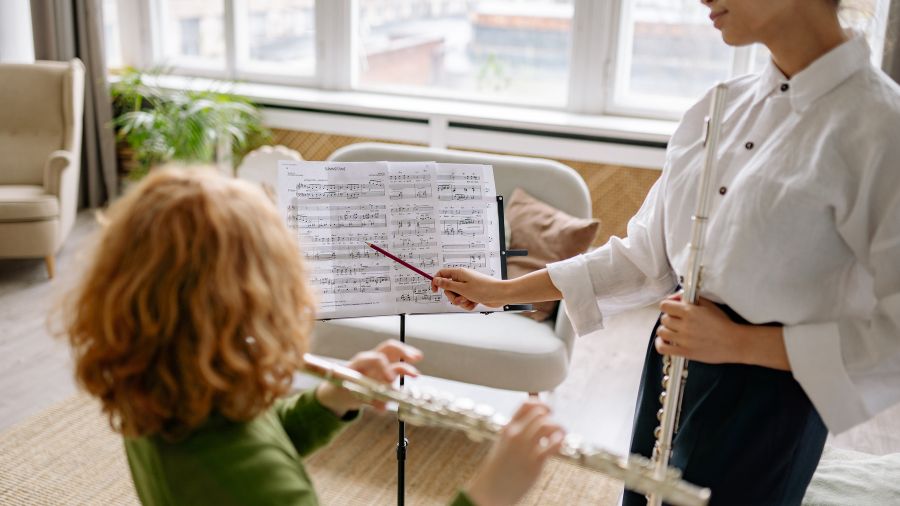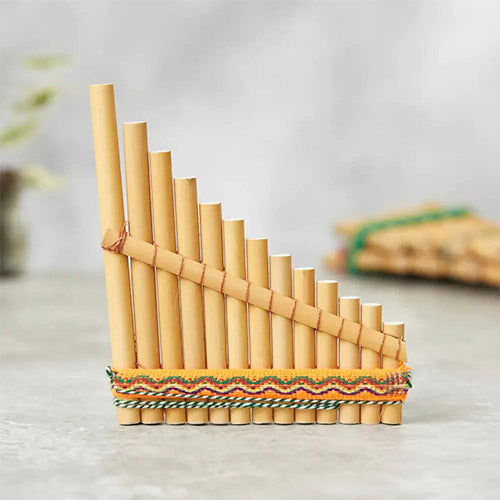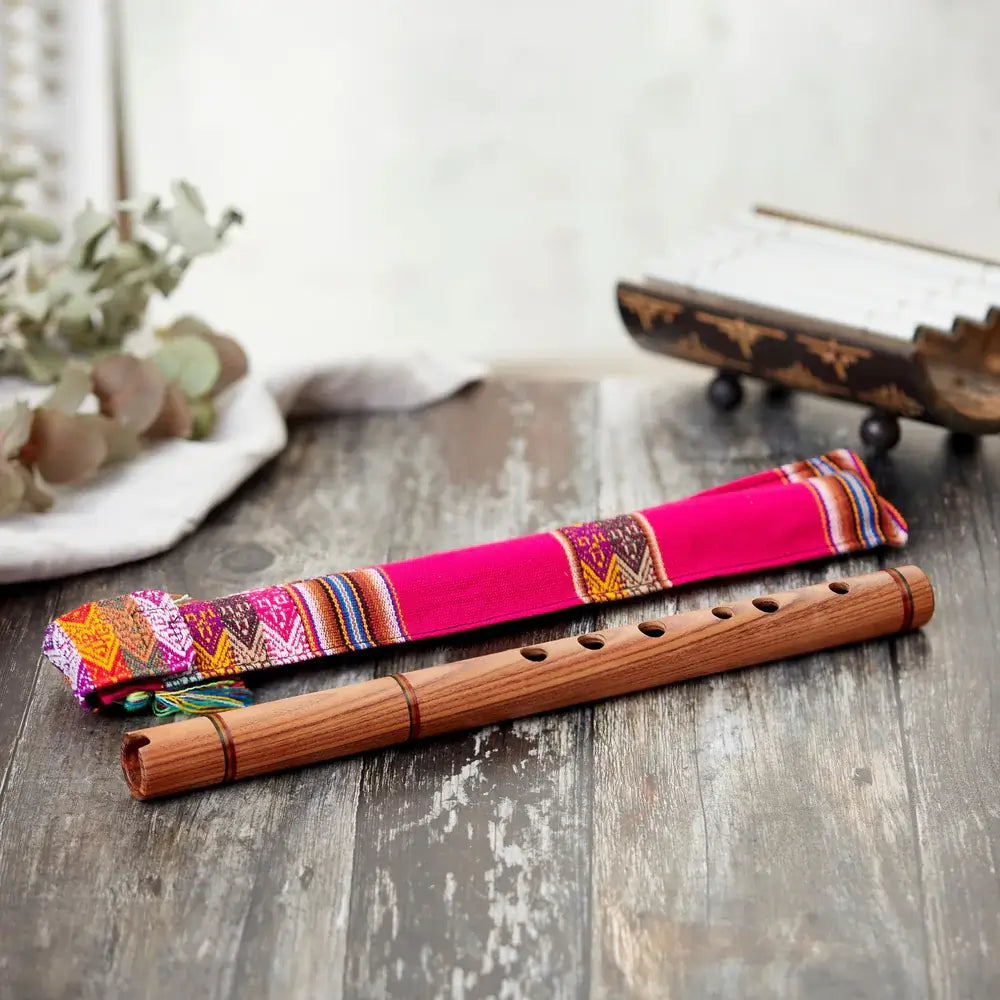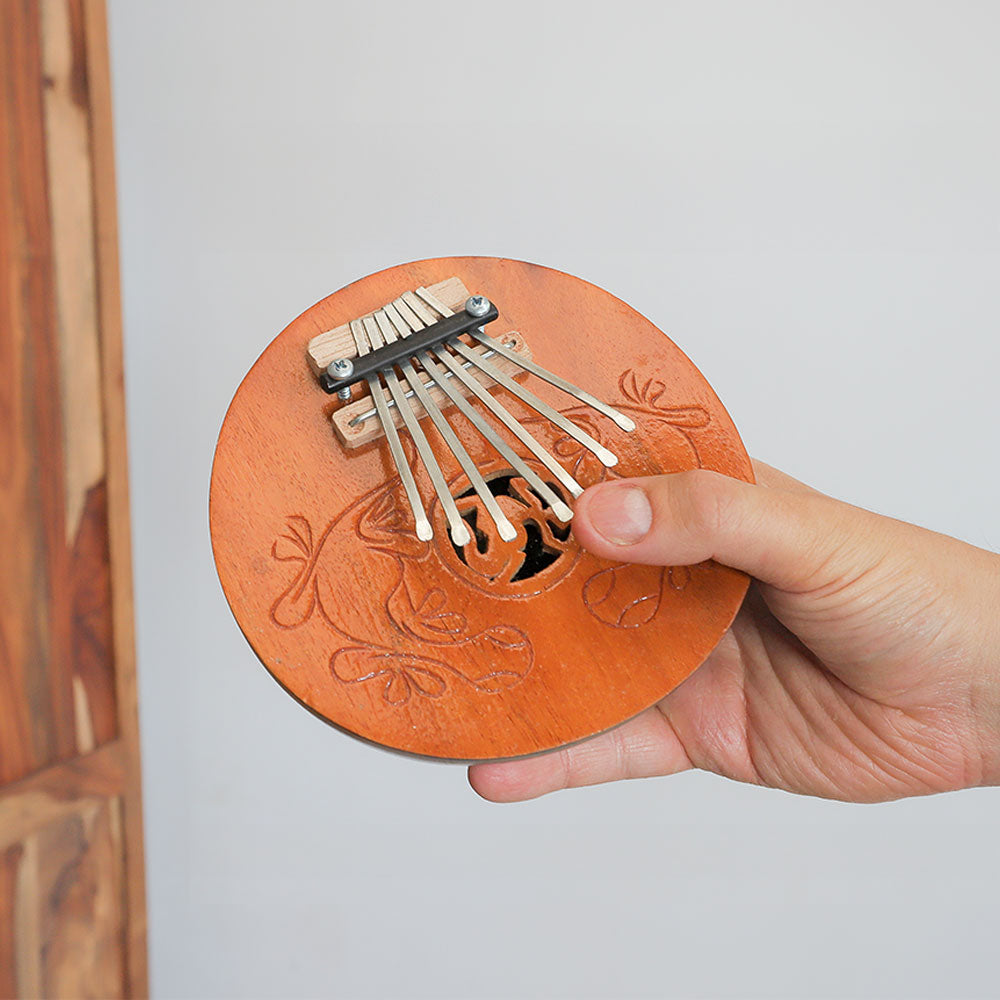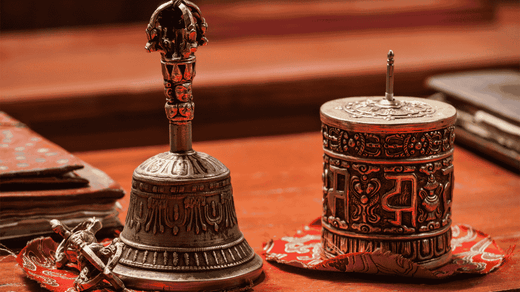Reading sheet music can feel like learning a new language—and in many ways, it is. The dots, lines, squiggles, and symbols are all part of a rich, precise system that tells musicians what to play, when, and how it should sound. Whether you're a beginner picking up your first piece of music or trying to brush up on the basics, this guide breaks down essential sheet music symbols and notations.
1. The Staff, Clefs & Notes
The staff is the foundation of all written music, consisting of five lines and four spaces. Each line and space represents a musical pitch.
-
The treble clef (𝄞) is written for higher-pitched instruments. This includes instruments like the violin, flute, or right-hand piano parts.
-
The bass clef (𝄢) is for lower pitches—think cello, tuba, or the left hand on the piano.
- Notes are written on the staff depending on the pitch. Their appearance (solid, hollow, with or without a stem) tells you how long to hold each one.
2. Note Values & Rests
Understanding rhythm is just as important as pitch.
-
Whole note (𝅝) – 4 beats
-
Half note (𝅗𝅥) – 2 beats
-
Quarter note (♩) – 1 beat
-
Eighth note (♪) – 1/2 beat
- Sixteenth note (𝅘𝅥𝅯) – 1/4 beat
Every note value has a matching rest that indicates silence for the same duration. For example, a quarter rest (𝄽) tells you to pause for one beat.
3. Time Signatures
The time signature, found after the clef at the beginning of a piece, indicates how beats are grouped within a measure. This is done to provide a structure to the music along with giving the musician a feel of the rythm. The general time signature in music is the 4/4 which means four beats per measure. 3/4 is used for dances such as the waltze, where there is a count of 3. For a more uplifting feel, 6/8 is used.
4. Key Signatures
Key signatures, placed after the clef and before the time signature, indicate which notes are consistently sharp (#) or flat (♭), revealing the tonal centre. Key signatures allow you to anticipate patterns in the music. This makes reading music easier for the player so that they can understand the structure of a piece of music. If a sharp (F#) is written, it generally depicts a G major or E minor.
5. Accidentals: Sharps, Flats, & Naturals
Sometimes, notes are altered outside of the key signature:
-
Sharp (♯): This increases a note by half a step.
-
Flat (♭) lowers it by a half step.
- Natural (♮) cancels a sharp or flat, returning the note to its original pitch.
These are called accidentals and only affect the measure they appear in—unless stated again later.
6. Dynamics
Dynamics in music define how loud or soft a piece should be played. These include pianissimo (pp) for very soft, piano (p) for soft, mezzo piano (mp) for moderately soft, mezzo forte (mf) for moderately loud, forte (f) for loud, and fortissimo (ff) for very loud. Additionally, crescendo (<) signals a gradual increase in volume, while decrescendo (>) indicates a decrease. These markings help convey emotion and intensity in music.
7. Articulation Symbols
These tell a musician how to attack or connect the notes:
-
Staccato (• above/below a note) – short and detached
-
Legato (slur line over/under notes) – smooth whilst connected
-
Accent (>) – this places emphasis on a note that is being played
- Tenuto (–) – this indicates for the player to hold instead of playing the whole value of the note
8. Repeats, Codas & Endings
Sheet music often uses symbols to repeat or jump to different sections:
-
Repeat signs (𝄆 𝄇) – Play the section again
-
D.S. al Coda / D.C. al Fine – Directions to go back to earlier parts
-
Coda (𝄌) – Marks a jump to the final ending section
- First & Second endings – Show alternate ways to end a repeated section
These notations help musicians navigate the structure of a piece efficiently without writing everything out multiple times.
9. Tempo Markings
Tempo markings are important as they show the speed at which a piece should be played, often in Italian: Largo for very slow, Adagio for slow, Andante for walking pace, Moderato for moderate speed, whilst Allegro and Presto are used for a faster speed. The key to being a good player is to gain knowledge of the symbols used in written music. You will find metronome markings within sheet music such as ♩ = 120, this relates to the beats per minute. With practice, reading sheet music becomes second nature and deepens your connection to every note.

